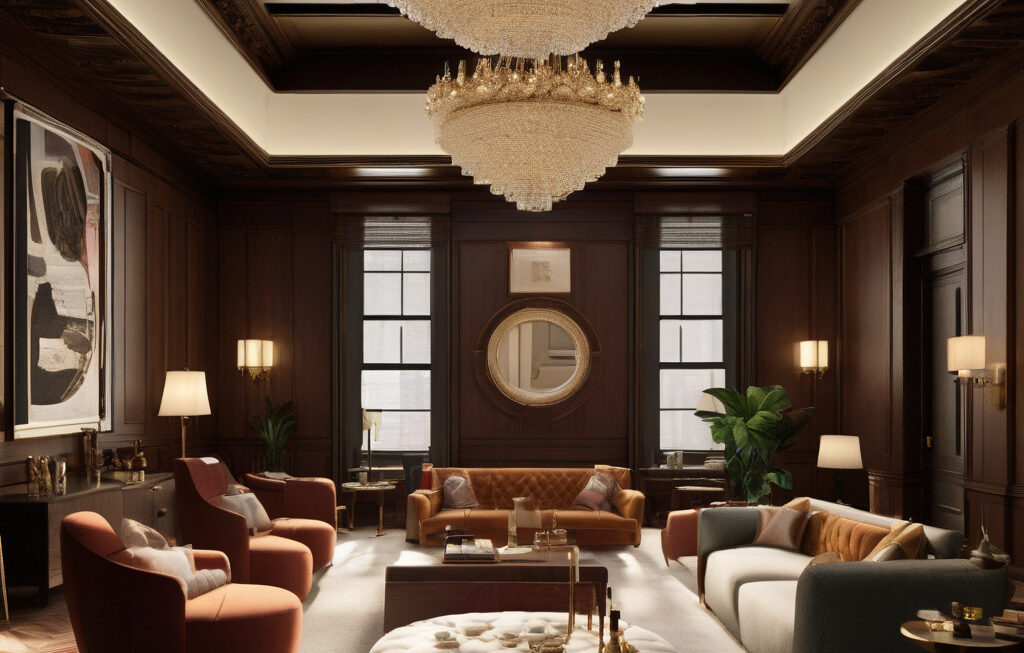Opinion: Members Clubs Just Aren’t What They Used to Be
In today’s society, the allure of private members’ clubs seems to be fading, with a new generation of establishments transforming these once-exclusive spaces into a commodity rather than a symbol of true elitism. This shift in the private club landscape raises questions about the evolving nature of exclusivity, luxury, and social status.
Allison Schrager, a prominent voice in the realm of finance and economics, argues that the essence of traditional members’ clubs has been diluted by a wave of commercialization. These establishments, which were once bastions of exclusivity and sophistication, are now being marketed as trendy hangout spots or networking hubs for the social media age. The focus has shifted from fostering a sense of exclusivity and privacy to attracting a larger, more diverse clientele in pursuit of profits.
The commodification of elitism in private clubs is evident in various aspects of their operations. Many clubs now offer tiered membership options, allowing individuals to buy their way into different levels of access and privileges. This pay-to-play model undermines the meritocratic principles that were once synonymous with elite clubs, where membership was based on social status, professional achievements, or cultural contributions.
Furthermore, the emphasis on social media visibility and influencer culture has reshaped the dynamics within members’ clubs. The pursuit of Instagrammable moments and networking opportunities has overtaken the traditional values of discretion and exclusivity. In an era where image is often prioritized over substance, these clubs have become more about projecting an aspirational lifestyle rather than cultivating genuine connections or intellectual exchange.
The transformation of private clubs into commercial ventures also raises concerns about the erosion of their historical significance. Many iconic members’ clubs have rich legacies and have served as meeting grounds for influential figures in various industries. However, as these establishments evolve to cater to modern consumer preferences, there is a risk of losing the unique charm and heritage that set them apart.
Despite these challenges, there are still private clubs that uphold the traditions of exclusivity and refinement. These establishments prioritize quality over quantity, curating intimate and luxurious experiences for a discerning clientele. By staying true to their core values and resisting the pressures of commercialization, these clubs continue to appeal to individuals who seek a genuine sense of belonging and exclusivity.
In conclusion, the shift towards commodified elitism in private members’ clubs reflects broader societal changes in attitudes towards luxury, status, and social capital. While some may lament the dilution of traditional club values, others see the evolution of these establishments as a reflection of contemporary lifestyles and values. Ultimately, the future of private clubs lies in striking a balance between preserving their heritage and adapting to the demands of a new era.
members clubs, elitism, exclusivity, social status, commodification










